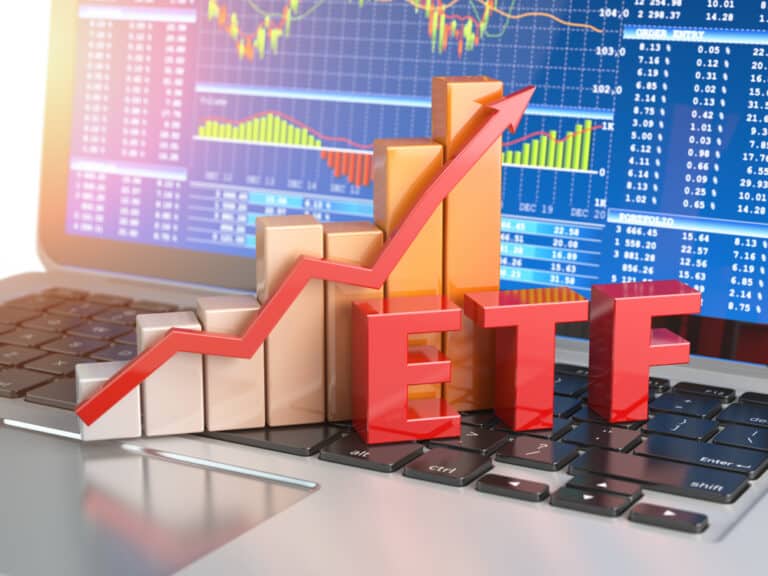CarMax (KMX) investors are concerned, as evidenced by a significant drop in the company’s stock. Last week, shares of the nation’s largest used car retailer fell more than 12% following a disappointing quarterly update. This decline not only wiped out a strong start to 2024 but also placed the stock down 7% year-to-date, lagging behind the S&P 500’s 7% gain.
The sell-off was triggered by CarMax’s fiscal 2024 fourth-quarter report, highlighted by a revenue miss at $5.6 billion which was down 1.7% year-over-year. Wall Street had anticipated a slight improvement from the previous year, but instead, CarMax posted its sixth consecutive quarter of negative top-line growth.
This downturn was primarily due to a decrease in wholesale vehicle sales, which offset an increase in retail unit sales. These results indicate that the omnichannel auto dealer is struggling to adjust to a difficult post-pandemic economic environment, a stark contrast compared to the high demand and prices notably above MRSP during the pandemic and the industry’s chip shortages.
Additionally, CarMax did not meet analysts’ profit expectations. Fourth-quarter earnings per share fell 27% year-over-year to $0.32, significantly missing the Street’s forecast of $0.48. The lower profitability on the vehicles sold marks the second instance in three quarters that the retailer has significantly underperformed against consensus EPS estimates.
The Cost Of Used Car Ownership Is Climbing
In addition to missing its targets, CarMax extended its goal of selling two million cars annually. Citing “uncertainty in the timing of market recovery,” the company has extended its timeline from its original forecasts, now aiming to reach this milestone between fiscal 2026 and 2030.
Despite higher average selling prices, which management believes will support the company in achieving its $33 billion annual revenue and 5% nationwide market share targets, these adjustments have done little to calm investor concerns.
Recent data from CarGurus.com indicates that used car prices have begun to rise in recent weeks after several months of declines. Over the last 30 days, prices have increased by 1%, particularly for used minivans, sedans, and hatchbacks.
While these price hikes could potentially enhance CarMax’s near-term profits, they also add financial strain on American consumers already grappling with high interest rates.
According to the latest figures from Edmunds, the average annual percentage rate (APR) on a used vehicle climbed by 30 basis points to 11.9% in March 2024. Furthermore, tighter bank lending standards are exacerbating the challenge for used car buyers to secure financing.
Wall Street Has Mixed Reactions
Analyst reactions to CarMax’s disappointing fourth-quarter performance is mixed. On Monday, J.P. Morgan maintained its Sell rating on the CarMax’s stock and set a price target of $55. The firm highlighted that CarMax is experiencing stagnant volume growth at a time when the overall industry volume is showing slight growth.
Despite J.P. Morgan’s bearish stance, it stands alone in its outlook. Among the other eight analysts who updated their views following the fourth-quarter results, the sentiment is split: four analysts are bullish and four are sitting on the sidelines.
For instance, last week, Mizuho Securities reaffirmed its Neutral rating on CarMax’s stock but adjusted its price target down from $75 to $70, noting favorable sequential comparable sales trends but also noting the growing challenge of used car affordability.
The current average consensus price target for CarMax is $82, which suggests a potential upside of 17% from current levels. However, given the inflationary pressures and high interest rates affecting consumers, CarMax may struggle to attract investors to its stock in the near term.











